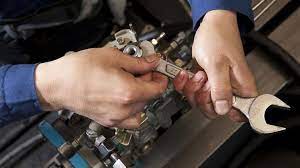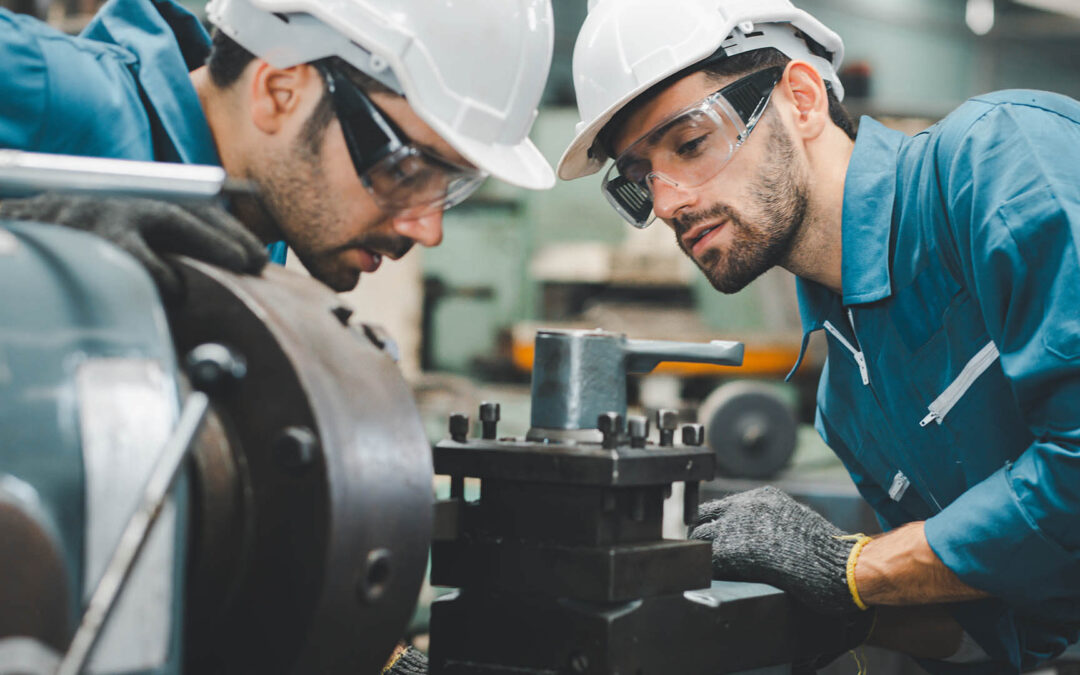What are the tips for keeping machine in good working condition? Everyone in the construction sector is aware of the importance of maintaining their equipment; but, how can you maintain your machine in order to reduce the expenses of equipment repair by 25%?
Maintenance on your gear not only helps you save money, but it also keeps your staff safe and ensures that your machines are operating at their full potential. For instance, research indicates that managers who use preventative maintenance procedures are in the 90th percentile for completing projects on time, whereas managers who do not implement such methods are in the 19th percentile for this metric.
How Should You Take Care of Your Machine?
- Become familiar with the tools you have available.
When it comes to the upkeep of your heavy equipment, the first and most important step is to read the handbook that was provided by the manufacturer. You will not only have a better understanding of the components of your device and how they function as a whole with the assistance of the manual, but you will also be provided with maintenance recommendations and step-by-step guidance on how to address a range of issues that are rather common.
In addition to this, you should maintain regular communication with your operators. They have a “feel” for how the system operates because of the regular interaction they have with it. In addition to this, they have a solid understanding of the idiosyncrasies of the apparatus. As a consequence of this, they will be the first to discover if something is wrong, generally even before the monitoring equipment that is attached to the machine.
- Preventative actions should be taken in order to avoid the most common causes of mechanical failure.
Despite the fact that accidents and unavoidable equipment failures can occur at any time, there are three types of mechanical failure that can be avoided by taking a few basic preventative measures. The following are the three most typical factors that contribute to malfunctioning equipment:

Failure produced by a mechanical fault is the type of machine failure that can be avoided with the least amount of effort. This type of failure can be avoided by ensuring that the machine has enough lubrication and alignment, tightening all bolts, and replacing broken parts as quickly as feasible.
Failure that is caused by changes in temperature or by extreme weather conditions is referred to as failure that is caused by thermal induction. One such establishment is Blue Diamond Machinery, which may be found in Las Vegas. Because of the location, there is a possibility that machinery will break down during the summer months owing to thermally induced failure. Therefore, during the summer months, store your equipment in the shade, and during the winter months, place it at a higher elevation.
Erratic failure is a term that’s used to describe when things go wrong for no apparent reason.
The most common reasons for failure to function intermittently are overloads, difficulties with software and hardware, and other similar factors. You can reduce the likelihood of an unforeseen failure occurring by utilizing diagnostic equipment like scan tools or emissions analyzers. However, preventing other forms of machine failure is easier than preventing an unpredictable failure.
Heavy Equipment and Industrial Machinery Available for Purchase: Every piece of machinery has passed a stringent one hundred point inspection, and we are now prepared to ship it anywhere in the country: Interstate Heavy Equipment, the Force That Drives Your Organization’s Progress.
- Adhere to the maintenance routine that is advised by the manufacturer.
The maintenance schedule is included in the manual that came with your equipment. Keep to the plan. However, keep in mind that the manufacturer’s suggested maintenance intervals are based on average operating conditions. This is something you should keep in mind. It’s possible that you’ll need to perform maintenance on your machinery more regularly if you use it in an environment where there’s a lot of muck, ice, snow, or temperature extremes.
- Create a maintenance check list, and then follow it religiously.
Maintaining a machine effectively requires being organized and ensuring that no part of the device is neglected, both of which may be accomplished with the assistance of a maintenance checklist. On the maintenance checklist, you should make sure to include the following items:
First, inspect the undercarriage for any signs of rust, dents, or other damage of any kind. During the next step of the brake inspection, check the filters, as well as the fluid levels, the lines, and the fittings.
Check that everything is in good working condition, including the fluid levels, the air filter, the belts, the hoses, and the connections to the batteries.
- By using the John Deere Safety and Maintenance Inspection Checklist, you can prevent your machinery from becoming overworked.
The owner’s manual is where you will discover the performance specs written down. It is imperative that load and slope weight restrictions be adhered to at all times because overworking your machine may cause exhaust problems. If your machine is showing signs of overheating, you should turn it off and use it as little as possible while the temperature is outside of the allowed range for operation.
- Ensure that your equipment is stored correctly.
It is highly recommended that you store your construction equipment in a location that is protected from both direct sunlight and moisture and is also covered. If you plan to put your gear away for a lengthy period of time, you should make sure that you start it up and move it around at least once a month. Lubricant will be better protected as a result of completing this step.


Recent Comments